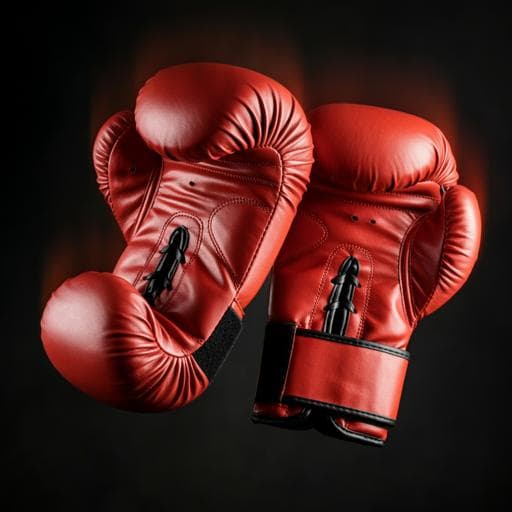
Medicine and Health
Exploring the use of mouth guards in Muay Thai: a questionnaire survey
K. Pickering, S. M. Bissett, et al.
This study by Kimberley Pickering, Susan M. Bissett, Richard Holliday, Christopher Vernazza, and Philip M. Preshaw delves into Muay Thai participants' attitudes towards mouthguards and dental trauma. Discover how a significant portion of younger athletes embrace mouthguard use, while others face serious dental injuries. The findings urge a need for greater promotion of mouthguard usage in the sport.
~3 min • Beginner • English
Related Publications
Explore these studies to deepen your understanding of the subject.







